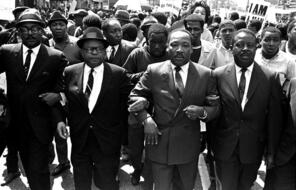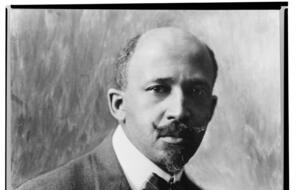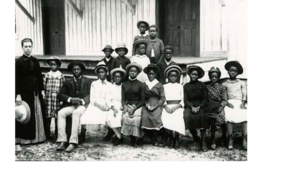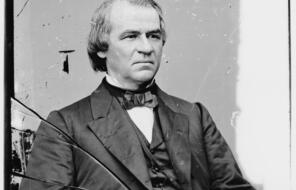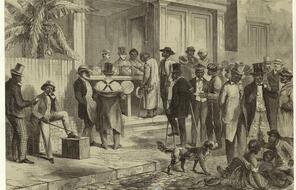
Activity
Staging the Compelling Question
Students explore the compelling question, “How can we make real the ideals of democracy and freedom?”
At a Glance
Language
English — USSubject
- History
Grade
6–12Duration
One 50-min class period- Democracy & Civic Engagement
Overview
About This Activity
Students use their lived experiences to reflect on the complexities of democracy and freedom through a Four Corners activity.
Preparing to Teach
A Note to Teachers
Before teaching this lesson, please review the following information to help guide your preparation process.
Procedure
Activity
Materials and Downloads
Quick Downloads
Get this activity in PDF or Google Doc format.
Download the Files
Get Files Via Google
You're exploring:
Activity
Staging the Compelling Question
Unlimited Access to Learning. More Added Every Month.
Facing History & Ourselves is designed for educators who want to help students explore identity, think critically, grow emotionally, act ethically, and participate in civic life. It’s hard work, so we’ve developed some go-to professional learning opportunities to help you along the way.
Exploring ELA Text Selection with Julia Torres
On-Demand
Virtual
Listen to #DisruptTexts founder Julia Torres about taking a critical lens to text selection in ELA classrooms.

Working for Justice, Equity and Civic Agency in Our Schools: A Conversation with Clint Smith
On-Demand
Virtual
Listen to writer and educator Dr. Clint Smith as he shares his poetry and reflections on working for justice, equity, and civic agency in our schools.

Centering Student Voices to Build Community and Agency
On-Demand
Virtual
Explore approaches to centering student voice, building authentic relationships and cultivating community with Molly Josephs, the creator of This Teenage Life, a youth-driven, story-sharing podcast that started as a school club.

The resources I’m getting from my colleagues through Facing History have been just invaluable.
—
Claudia Bautista, Santa Monica, Calif





